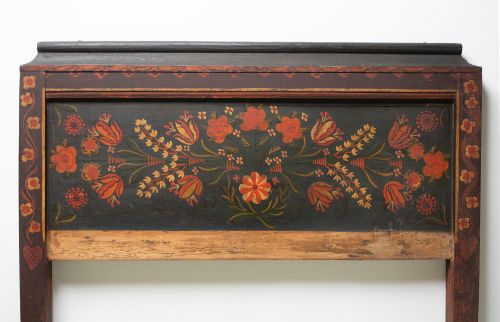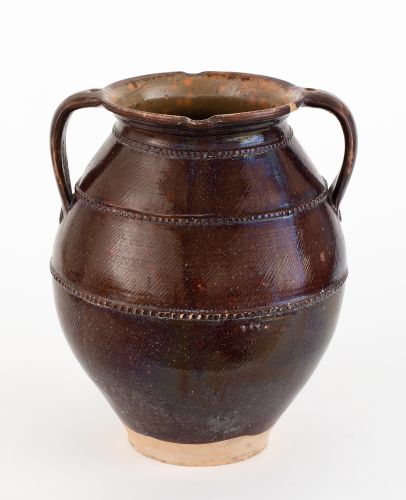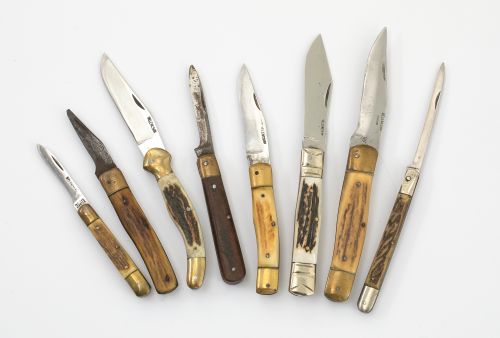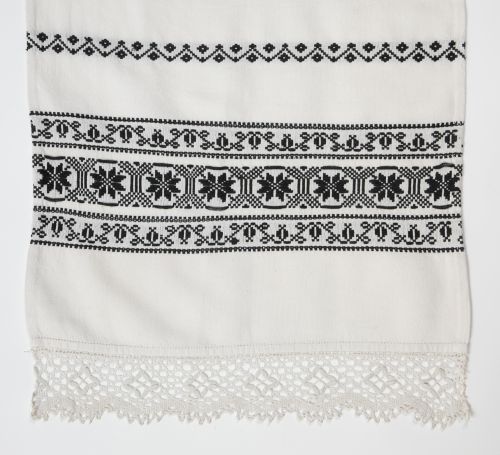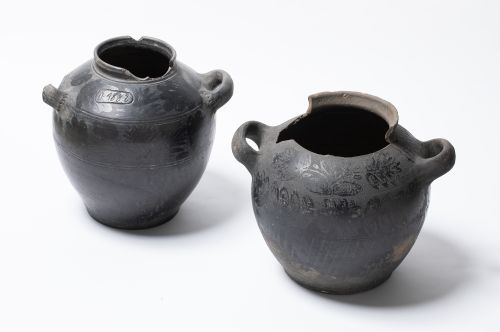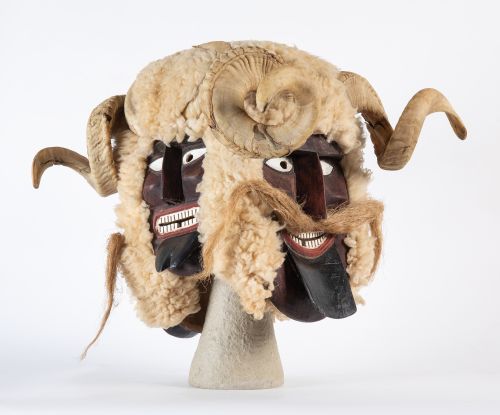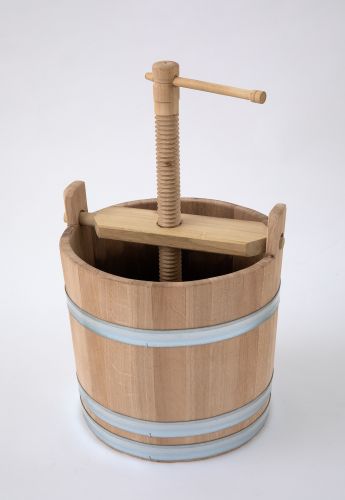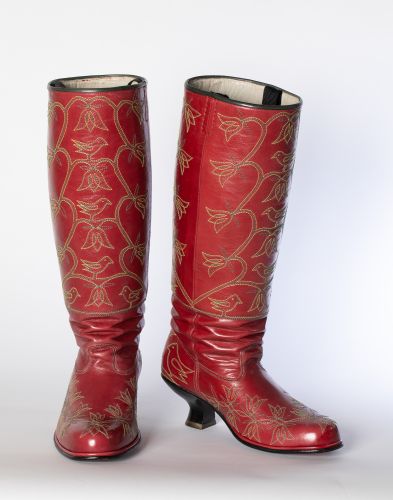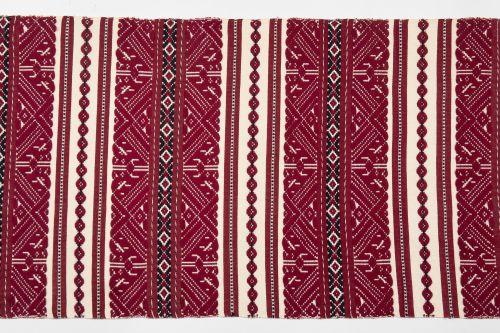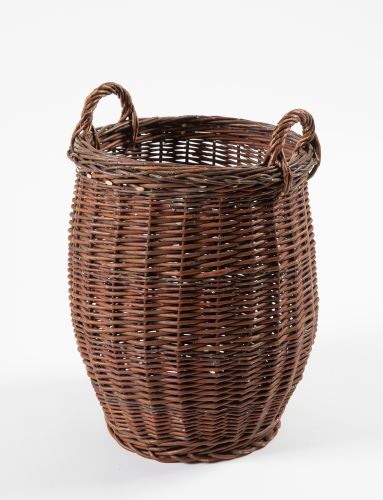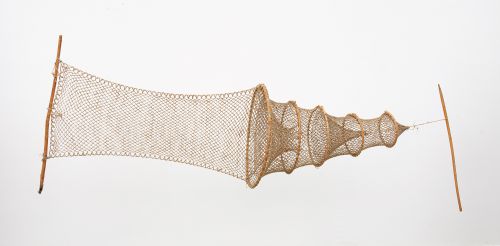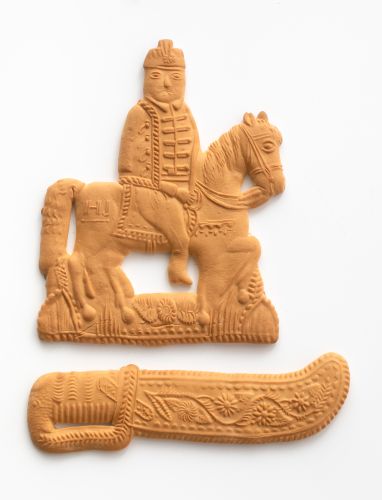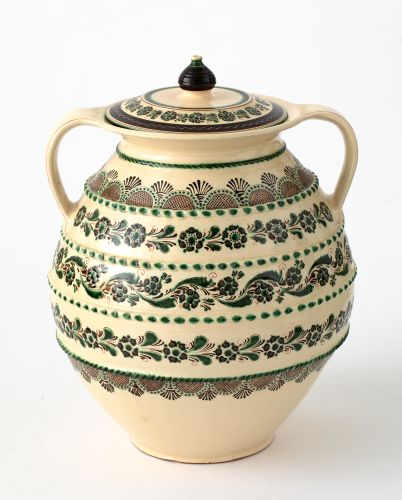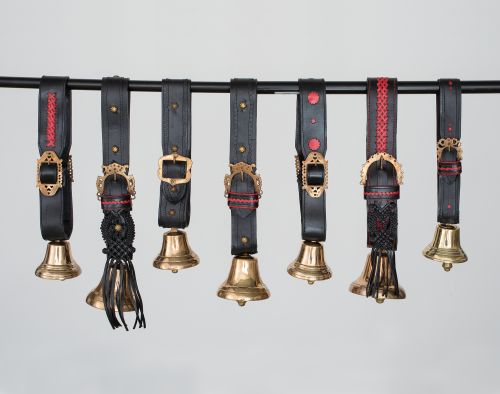Mihály Vetró – István Kolozsvári
Immortal Folk Tradition
Natural forms of knowledge transfer
“What can folk heritage mean for the literacy of the future? There is a growing interest in the values of folk traditions among young people in our country. Is it a passing and capricious fashion trend or is it a quest for values? What could be the value of folk heritage?”
Who would believe that Bertalan Andrásfalvy formulated this series of questions four decades ago?01 And the mere formulation of the questions could lead us to producing several answers even today. Over half a century ago, at the peak of the process when Hungarian – and at the same time Central European – society was undergoing an artificial restructuring and reorganization, movements emerged that sought to halt the disappearance of traditional genres that represent the basis of national literacy. The transformation of traditional settlement forms that had been developing over many centuries, the dissolution of the world of isolated farms, and the elimination of communities in villages and rural towns has transformed the way of thinking to an incredible degree and at a breath-taking speed. The entirety of the way of life has undergone changes that have not only affected daily working patterns, housing conditions and the fulfilment of physical needs, but have also caused a simultaneous distortion of spiritual and mental ties and contents. Self-reliance has been significantly reduced, and with it the need and ability to think for oneself. We only have to look at the fact that multi-generational families living under the same roof have been replaced by the arrangement of parents going to work every day, children being sent to nursery and kindergarten, and grandparents being eventually sent to homes for the elderly.
In traditional peasant cultures, not only was it natural to learn about the world, but the transfer of knowledge was also an inherent part of life. For a long time, it went without any form of institutionalisation. This means that the child was exposed to the work, leisure and celebrations of his parents and grandparents, to stories about his ancestors, to sagas about the great deeds of Hungarian heroes, to tales that shed light on the way the world works, to the properties of the raw materials of the world around him, to the way they could be processed, and from the moment of his birth he was surrounded by the signs and motifs of his region, of his village, and of his family. Anything that a child not only hears, but also sees and even does, is imprinted for life, indelibly.02
No wonder, therefore, it was typical and natural in every village that certain trades were passed down from father to son and from mother to daughter. Moreover, the transmission of knowledge, whether technical or intellectual, was also linked to the daily life and celebrations of families. This is how a mother passed on the skills of baking bread to her daughter, and this is how the method of decorating and painting Easter eggs and the symbols and complexes of symbols on them were passed down. These activities were regularly repeated as a matter of daily necessity, out of habit and ritual, and the woman, when kneading dough or decorating pastry, not only took on the role of baker and artist, but also instinctively that of a teacher to her daughter. By the time a girl came of age, she was able to send out eloquent signals to the boys who would come to sprinkle perfume on her at Easter. Weaving, embroidery, basket weaving, and often erecting a plain – but artful – building was considered an everyday skill, all it took was to observe and participate in the collective work, so that when young people grew up they would be able to make the necessary clothing, textile, caskets, nets, shelters, etc. for their own lives. This learning process was not an imposed one, since the joy of practice and creation, the pride of working with adults and elders made it a matter of course. The trades of the blacksmith, the knife-maker, the potter, the cooper, the shoemaker, the hatter, the textile dyer – and later of the tailor, the weaver, the gingerbread-maker, which for a long time were part of the work of every woman before they grew into individual trades – were considered more advanced ones, because in a community there were usually only one or two of them, and they were admired for their skills. Artificial environments, artificial ways of working and, in many cases, artificial holidays have taken their place. Handicraft became a ‘small-scale industry’, and the creation of objects reflecting the unique worldview of local communities resulting from a self-sufficient way of life became, at best, ‘domestic industry’. The consciousness and beliefs of the community, and thus of the individual, were replaced by new ideologies. What is important to note is that those who tried to put a stop to this came not from the local communities in the first place, but rather from what Sándor Csoóri called the “nomad intellectuals”, thinkers, scientists and artists. People who understood, and tried to make others understand, that there is no folk art and high art, no two types of literacy, but rather a single Hungarian culture, of which folk art represents the mother tongue. That is why they regarded uniformisation as the most dangerous trend, which appeared in clothing, architecture, interior design and the utensils manufactured by industry. Of the many ways of articulating this, perhaps Csoóri’s words expressed it best: “Because the style of something is a special value, and [by the movement of Nomadic Generation] this was the first thing that occurred in Hungarian intellectual life. What was original and what was good in this movement was to bring back the voice of tradition. All tradition is ultimately a transcendence of the past in a way that does not damage the it.”03
It is undeniable that, in many cases, small-scale or domestic industry cooperatives have been the custodians of the survival of a technique or a system of motifs. However, it was also in the same period that the concept of ‘decorative art’ was coined, which in turn overwrote the fundamental principle of folk art that each object is created primarily with the primacy of function or sacredness. From this period, it can be seen that pieces and collections are well-proportioned and fortunate in terms of ‘everyday usability’, but there were also quite a few misshapen ones. Eventually, however, the organisational and knowledge transfer forms that adapted to the challenges of the new era and the new circumstances came into being, which increasingly put authenticity first. The process of ‘re-training’ has begun, in which even today the members of folk art associations, as well as staff of cultural and educational institutions play the biggest part. The section of our exhibition titled Inheritance seeks to return to the roots and present to professionals and the wider public those dynasties and families that practise folk crafts in which the traditional ways of knowledge transfer have been least damaged. And they are accompanied by epoch-making masters who, also following the original meaning of the term, became both outstanding makers of objects and undertook to pass on their knowledge to dedicated students for generations. We are fully aware that the traditional social order can no longer be restored to the situation it occupied before the 20th century. Global phenomena and challenges are setting a completely different path for modern man. But we do believe, as we did half a century ago, that traditional knowledge is still valid today and that our professional and human relationships can be restored and sustained. To this end, the preservation and transfer of the knowledge of many centuries is both an instrument and a purpose. It is becoming increasingly clear that it is within the school system that really significant results can be achieved, but we must also strive to ensure that those who leave school and workshops as a ‘master’ go on to expand their own knowledge and the knowledge of those around them, either within their families or by forming a circle of students. To sum it up in the words of Bertalan Andrásfalvy: “Anyone who has studied the culture of a people in depth can be convinced by the example of his own people that once even the poorest did not abandon the consoling power of art, but created it for themselves. In the immortal folk traditions, we can also discover the essential elements of our humanity, those that help us to realise ourselves and connect with others.”04
Footnotes:
01 Bertalan Andrásfalvy: Mit jelenthet a néphagyomány a jövő műveltségében? [What can folklore mean for the literacy of the future?] In: Yearbook of Janus Pannonius Museum (1983) 28: 241–251. Pécs, 1984.
02 Mihály Vetró: Önazonosságra és leleményre nevelés – A kézművesoktatás szerepe az identitás kialakulásában és a kreativitásfejlesztésben – A nádudvari módszer [Education in self-identity and creativity. The role of teaching handicrafts in developing identity and improving creativity – the Nádudvar method]. In: „Csodatévő szarvasnak ezer ága-boga” Magyar népművészeti egyetem és hagyományátadó falvak [“A thousand branches of the magic deer’s antler” Hungarian folk-art university and villages where tradition is passed down]. Göd, 2022. p. 129
03 Ferenc Bodor – Márton Ledniczky: Nomád nemzedék. Ifjúsági népművészeti mozgalom a hetvenes években [Nomadic Generation. Youth Folk Art Movement in the Seventies]. http://www.okotaj.hu/szamok/09/maradt.html
04 Bertalan Andrásfalvy, op.cit
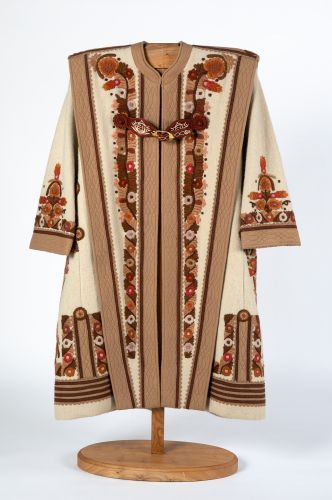
The Csibi family, peasant cloak embroiderers and makers
